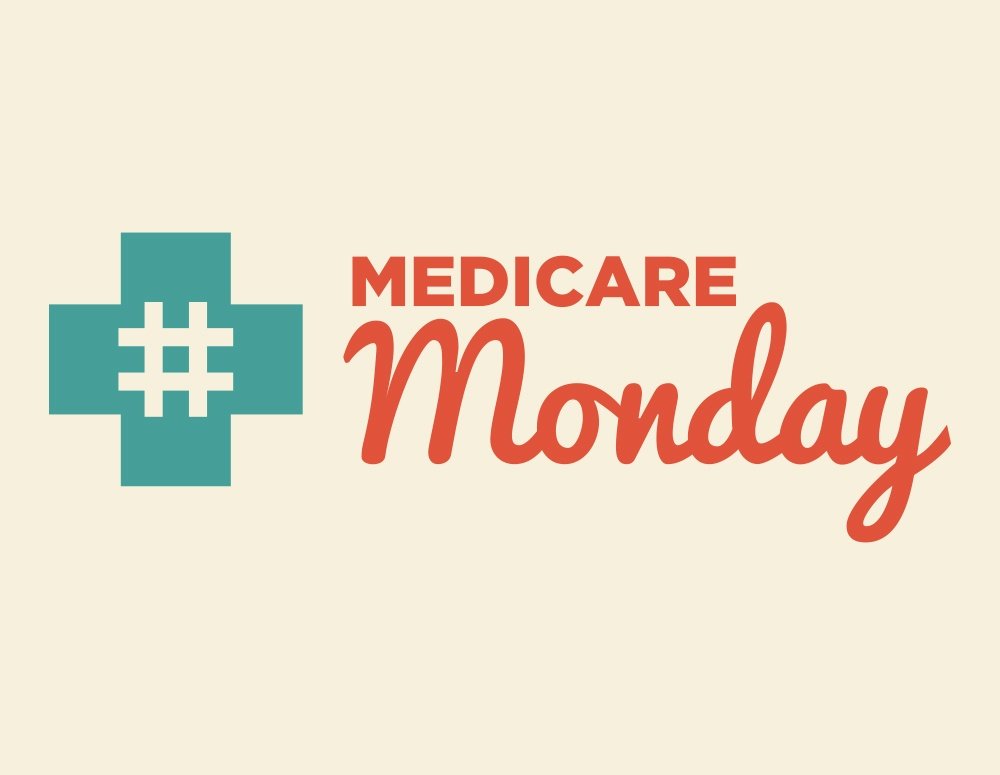The Department of Health and Human Services (HHS) recently released an Advance Notice of Proposed Rulemaking regarding Medicare Part B that puts patient access to medicines and Part B at risk. Referred to as the International Pricing Index Model, the proposal would use the Center for Medicare & Medicaid Innovation (CMMI) to test a mandatory demonstration that would set U.S. prices for medicines based on the pricing policies of foreign governments. With all the ongoing conversations about this proposal, we wanted to set the record straight on a few key points. The International Pricing Index Model for Part B would:
- Replace a market-based system with government price setting: Part B medicines are currently reimbursed based on the Average Sales Price (ASP), which ensures the government captures the benefits of competition by taking into account the rebates and discounts negotiated in the commercial market. The Centers for Medicare & Medicaid Services (CMS) has recognized the success of this system, noting in 2018 “payment amounts for the top 50 Part B drugs decreased by 0.8 percent” on average and “among the top drugs with a decrease, there are a number of competitive market factors at work – multiple manufacturers, alternative therapies or market shifts to lower priced products.” Despite the evidence this system is working, HHS is proposing to replace it with government pricing setting. Under the model, CMS would dictate price cuts by linking them to average prices across 14 countries, many of which artificially lower prices, resulting in severe access restrictions for patients.
- Threaten patient access to treatment options and care: When governments set prices, access suffers. By importing foreign price controls, HHS opens the door to importing the serious access restrictions that come with them. For example, patients living in 16 countries referenced by HHS have access to only 55 percent of new cancer medicines, compared to 95 percent in the United States. That recent analysis from HHS also found a significant difference in terms of medicines made available in the United States compared to other countries. Only 11 of the 27 medicines examined in the analysis were available in all 16 countries evaluated, while all of the medicines examined are currently covered by Medicare Part B without restriction.
- Weaken incentives for the development of new treatments for serious, life-threatening diseases: Part B medicines are used to treat some of the more complex diseases like cancer and many autoimmune conditions. HHS is targeting these important medicines in this proposal, which could ultimately chill further research and development (R&D) at a time of incredible scientific promise in this area. In fact, the Department of Commerce has confirmed this will happen, finding international reference pricing and other foreign price setting policies result in, on average, 11-16 percent less private R&D investment worldwide causing fewer new medicines to be launched.
- Force changes on providers and their patients, disrupting patient care: Under the proposal, physicians and patients in geographic areas across the country representing 50 percent of Part B spending will be required to participate in a mandatory test of a new reimbursement system. For physicians in the model, this means major disruptions in clinical care, added administrative burdens and lower reimbursement through the elimination of the current market-based reimbursement system. And payment cuts will affect providers outside the model as well through its impact on ASP. For patients, the proposal places middlemen like pharmacy benefit managers and health insurers between them and their doctors. This will take decision-making out of the hands of patients and physicians and put more power in the hands of insurers, potentially through tools like prior authorization and step therapy.
It is clear that the many negative consequences and risks of the proposed demonstration far outweigh any potential benefits. The Administration should reconsider this policy proposal and refocus on what will help patients the most.



